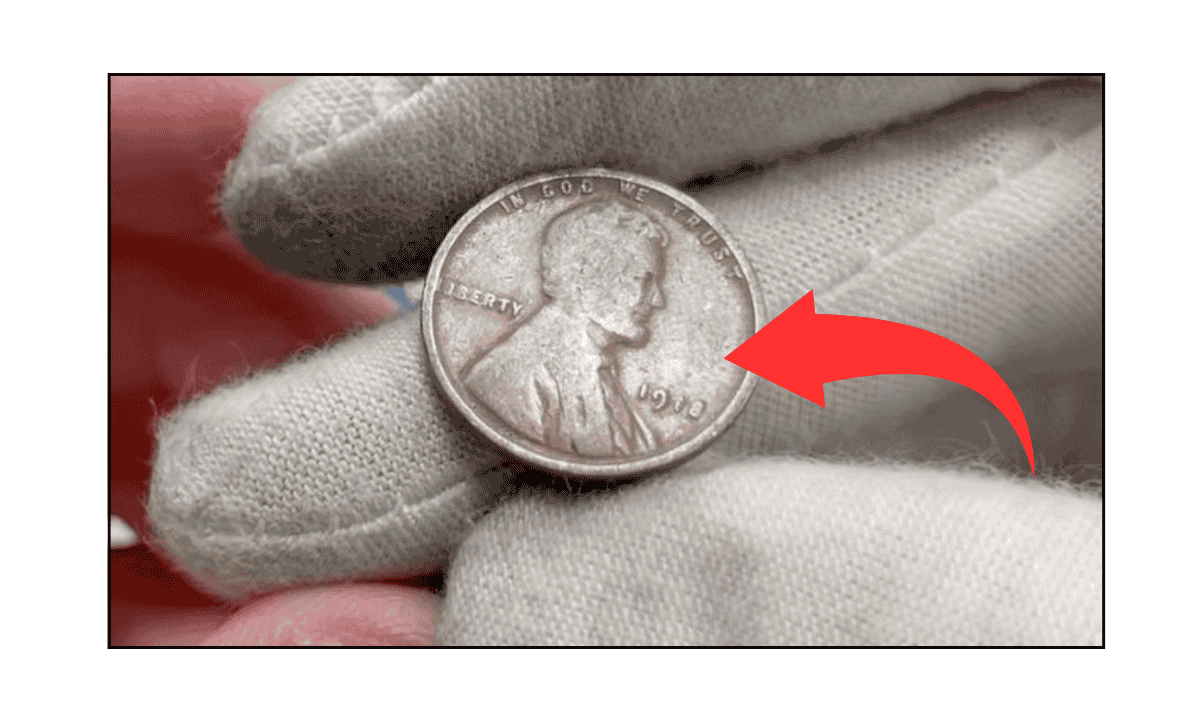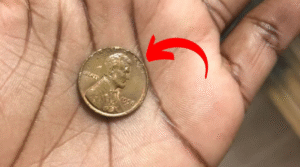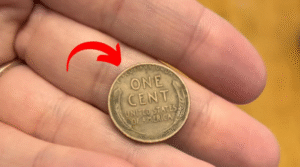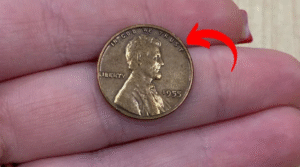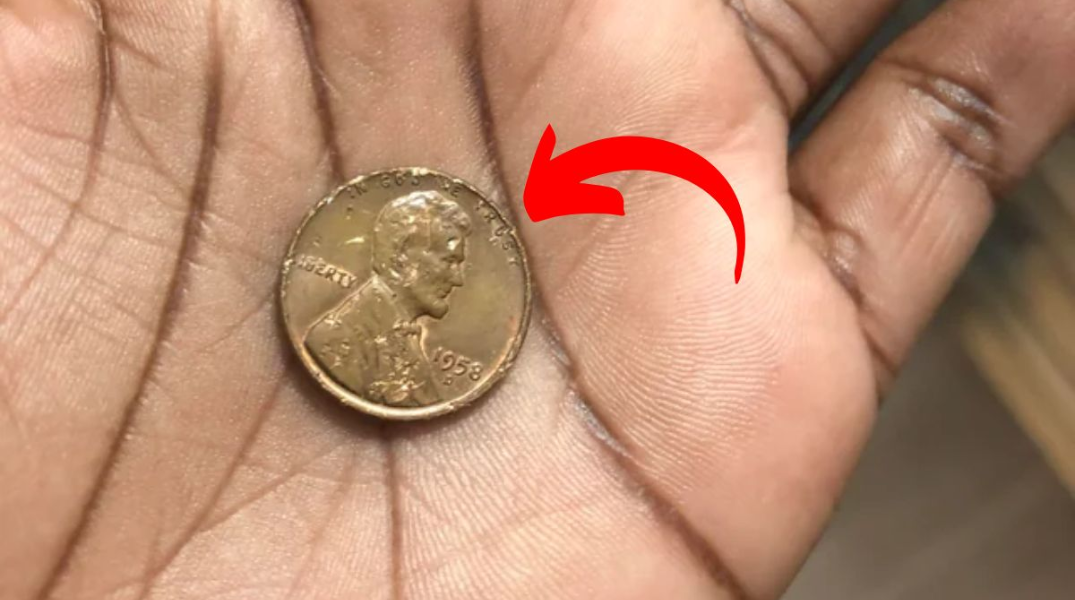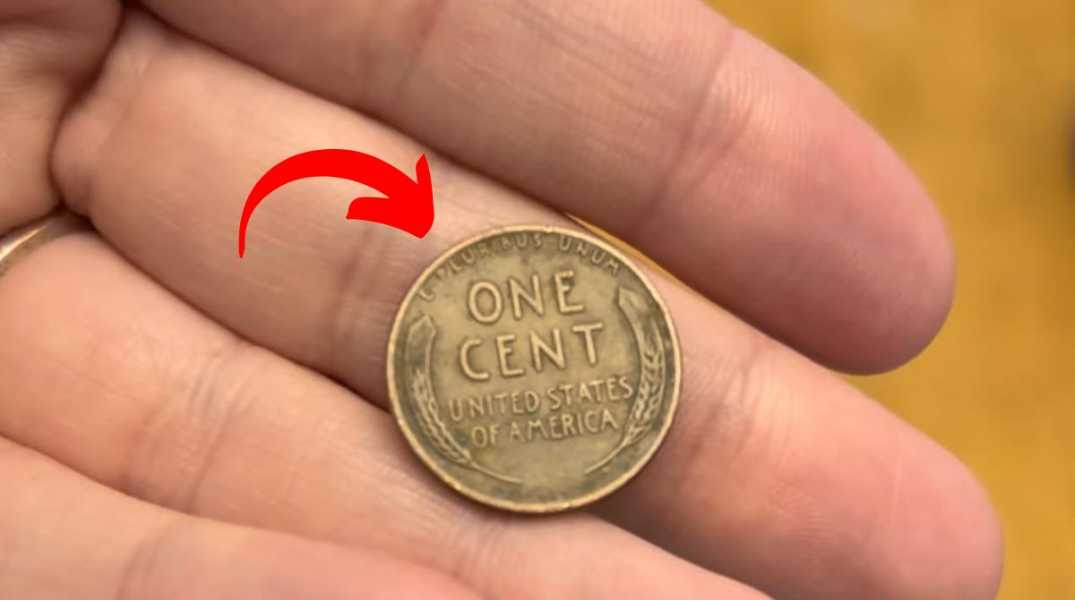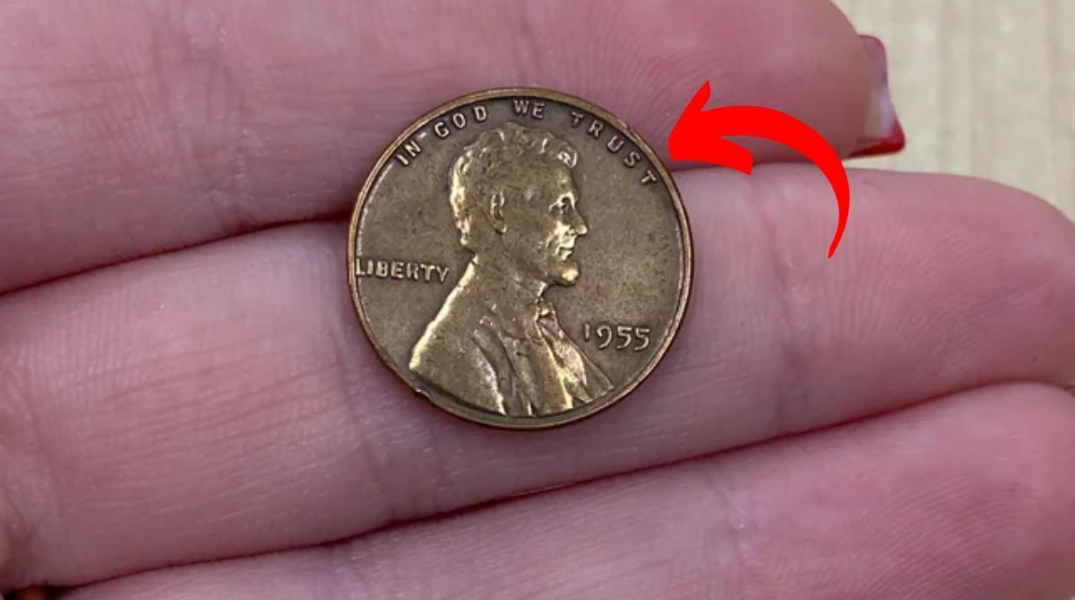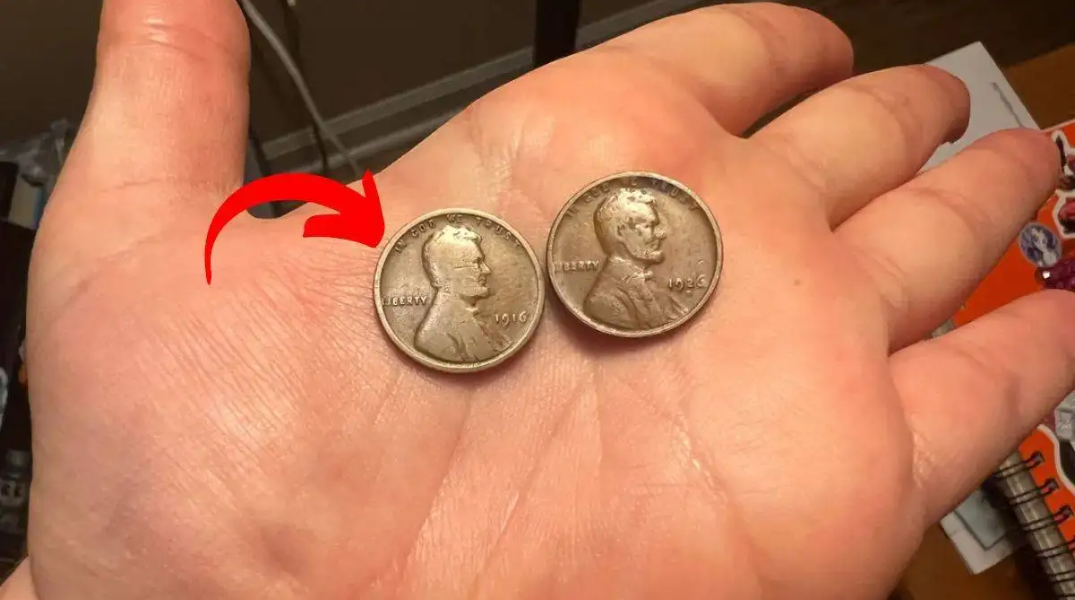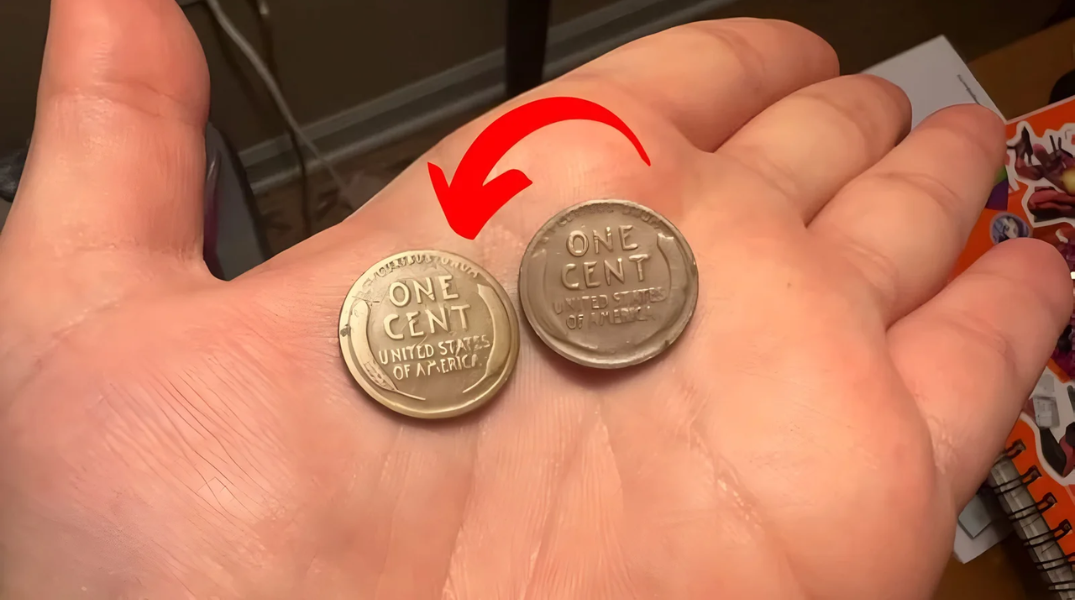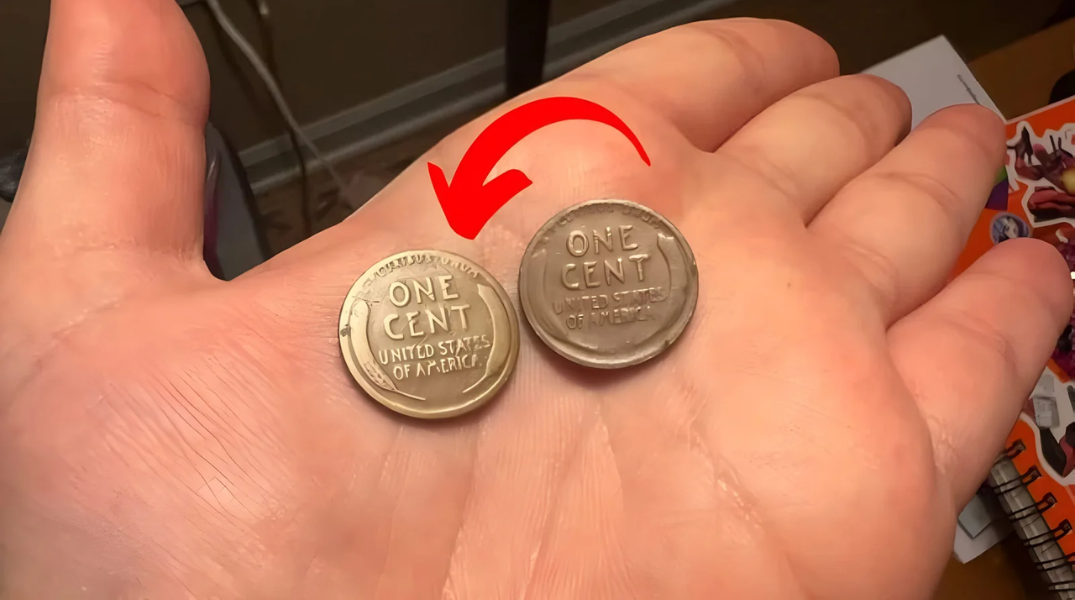Have you ever thought a penny could be worth more than a new car—or even a house? Believe it or not, some Lincoln Wheat Pennies, once the most ordinary coins in America, are now worth tens or even hundreds of thousands of dollars. One such coin recently fetched an astonishing $470,000 at auction, showing that these humble copper pieces are far more than small change. If you’ve got a jar of old coins lying around, you may be holding a mini fortune without even knowing it.
The Birth of an American Icon
First minted in 1909, the Lincoln Wheat Penny was created to celebrate the 100th birthday of President Abraham Lincoln. It was a milestone in U.S. coinage—the first coin to feature a real person, replacing classical images of Lady Liberty. The obverse displays Lincoln’s profile, while the reverse showcases two wheat stalks flanking the words “ONE CENT” and “UNITED STATES OF AMERICA,” symbolizing the nation’s agricultural strength.
These pennies were produced until 1958, when the design changed to include the Lincoln Memorial. Made mostly of 95% copper, these coins have become relics of a bygone era—both historically and financially significant.
What Makes Some Wheat Pennies Incredibly Valuable?
Most Wheat Pennies are worth just a bit over face value, but a select few command five- or six-figure sums. Why? A mix of rarity, minting errors, and historical circumstances have turned ordinary coins into coveted collector’s items.
One legendary example is the 1943 copper penny. During WWII, the U.S. Mint switched to zinc-coated steel pennies to conserve copper for the war effort. However, a handful of copper planchets mistakenly made it into the presses, creating a now-legendary error coin. Only 20–40 genuine examples are believed to exist, making this penny the holy grail for collectors.
The $470,000 Penny: An Accidental Treasure
The most famous 1943 copper penny belonged to Don Lutes Jr., who found it in his lunch change as a 16-year-old in 1947. Unaware of its future value, he kept it safely for over 70 years. In 2019, the coin sold for $204,000, and another example later fetched $470,000—proof that incredible treasures can come from everyday moments.
Other High-Value Wheat Pennies You Should Look For
Here are a few other Lincoln Wheat Pennies that can bring in serious cash:
- 1909-S VDB: Minted in San Francisco and bearing the initials of designer Victor David Brenner. Worth over $1,000 in good condition.
- 1914-D: From the Denver Mint with limited production. Can sell for $200 to $5,000+.
- 1922 No D: From Denver, but some coins were struck without the “D” mintmark. These error coins are highly collectible.
- 1955 Double Die: Has noticeable doubling on the date and lettering. Can sell for several thousand dollars, even in worn condition.
How Do You Know If Your Penny Is Worth Thousands?
The value of a Lincoln Wheat Penny depends on several key factors:
- Rarity: Fewer minted = higher value.
- Condition: Graded from Poor (P) to Mint State (MS), better condition brings better value.
- Mintmark: Indicates where the coin was made. “S” for San Francisco, “D” for Denver, and no mark for Philadelphia.
- Errors: Double dies, off-center strikes, or wrong metals can make coins skyrocket in value.
Can You Still Find These Valuable Coins?
Absolutely! While Wheat Pennies were last produced in 1958, they’re still legal tender and occasionally pop up in:
- Coin jars or piggy banks
- Estate sales and flea markets
- Rolls of coins from the bank (a hobby known as coin roll hunting)
Many collectors find their first rare penny just by being curious and observant.
Fun Fact: The 1944 Steel Penny
Everyone knows about the rare 1943 copper penny—but did you know a few 1944 steel pennies were made by mistake the next year? These are just as rare and can be worth up to $100,000 or more. Always check the magnetism of your old coins—steel pennies are magnetic!
Frequently Asked Questions (FAQ)
Q: What’s the most valuable Lincoln Wheat Penny ever sold?
A: A 1943-D copper penny sold for $1.7 million in a private sale, making it the most valuable of the series.
Q: Where can I get my penny appraised?
A: Visit a certified coin dealer or use a grading service like PCGS (Professional Coin Grading Service) or NGC (Numismatic Guaranty Company).
Q: How do I know if I have a 1943 copper penny?
A: Check the coin with a magnet. A real 1943 copper penny will not stick to a magnet, while the common 1943 steel penny will.
Q: Are Wheat Pennies still legal tender?
A: Yes, they are still legal tender, but their collectible value far exceeds one cent in many cases.
Q: How should I store valuable coins?
A: Use coin holders, capsules, or acid-free flips to avoid scratching or tarnishing. Always handle coins by the edges.
Starting Your Own Collection
If you’re ready to begin your treasure hunt, start at home. Search jars, drawers, or ask older relatives if they have old coins. Visit coin shops, join online forums, and consider picking up a coin collecting guidebook. Most importantly—have fun! You never know when a small copper coin could change your life.
Final Thoughts: The Allure of the Lincoln Wheat Penny
From their historic design to their surprising value, Lincoln Wheat Pennies have captured the imagination of collectors for generations. They prove that sometimes, the most ordinary things can hold extraordinary secrets. So next time you come across a dusty old penny, take a second look—you might just be holding a piece of American history worth thousands.
Disclaimer:
This article is for informational purposes only and does not constitute financial or investment advice. Coin values can fluctuate. Always consult a professional numismatist or grading service for precise appraisals.
